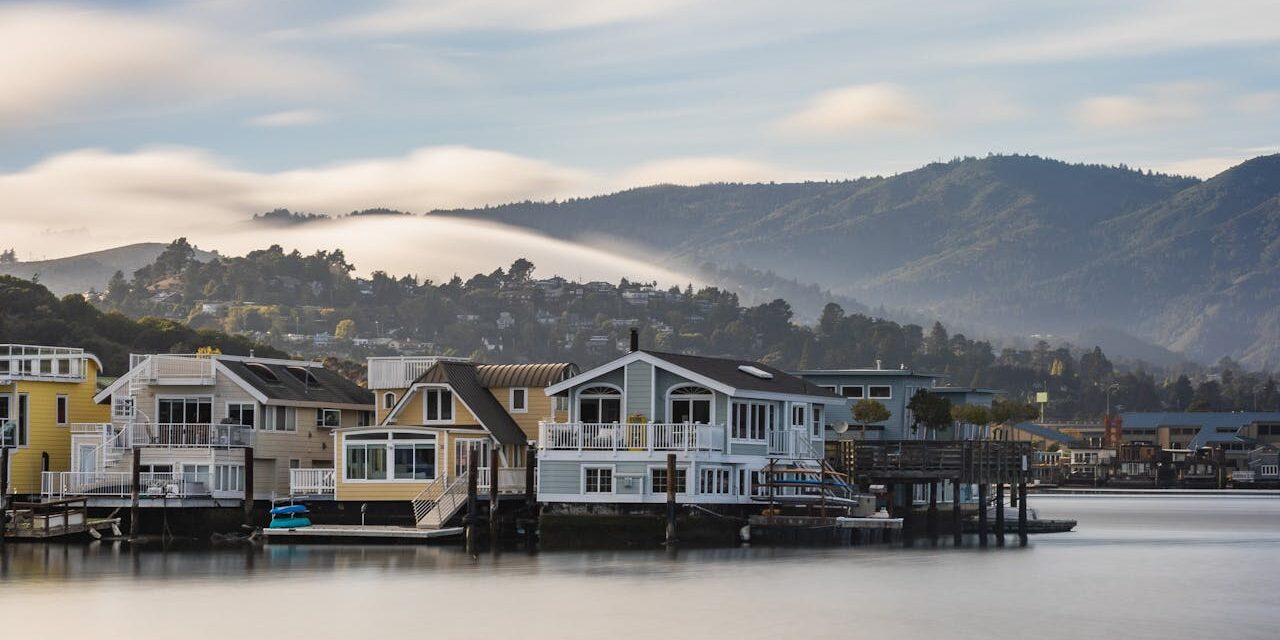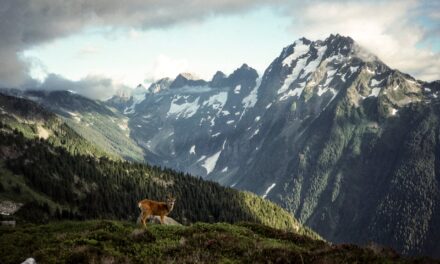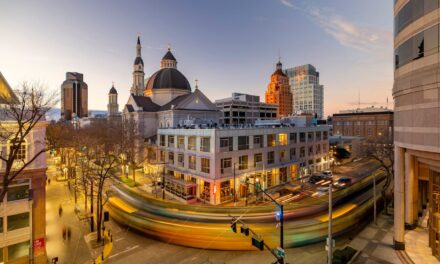Perched on the northern tip of the Golden Gate Bridge, Sausalito, California, is a picturesque enclave known for its stunning waterfront views and artistic community.
But the serene beauty of today belies a past pulsating with maritime hustle, wartime efforts, and bohemian culture. The history of Sausalito is as layered as the fog that often envelops it, offering stories that reflect the broader narrative of California’s evolution.
Table of Contents
Indigenous Beginnings and Spanish Discovery
Sausalito’s story begins with the Coast Miwok, the indigenous people who fished its abundant waters and enjoyed the temperate climate long before European contact.
In the 18th century, Spanish explorers charted the San Francisco Bay, and Sausalito became a part of the sprawling Mexican land grants. The name ‘Sausalito’ derives from the Spanish ‘Saucelito,’ meaning “small willow grove,” which hints at the verdant landscapes encountered by these early explorers.
The Gold Rush and Maritime Boom
The California Gold Rush of the 1850s was a turning point for Sausalito, as it was for much of the state.
The prospector rush and the wealth flowing through San Francisco’s port transformed Sausalito into a key ferry and shipbuilding hub. Its proximity to the city made it a strategic point for transportation and industry, setting the stage for its future growth.
The Industrial Age and the Birth of a Community
As the 20th century dawned, Sausalito’s shipyards became integral to its identity.
The Marinship Corporation during World War II turned the town into a beehive of activity, with thousands of workers streaming in to build ships that would serve in the war effort. This period saw Sausalito swell in size and diversity, laying down the roots of a vibrant, close-knit community.
The Postwar Renaissance: Artists and Houseboats
With the end of the war came a cultural renaissance in Sausalito.
Artists drawn to the area’s beauty and the availability of cheap industrial spaces began to form a burgeoning arts scene. Sausalito’s floating homes, or houseboats, became synonymous with a freewheeling, creative lifestyle that defined the town in the postwar decades.
Sausalito Today: Tourism and Preservation
Today, Sausalito is a blend of its maritime roots and its bohemian past.
It’s a favorite destination for tourists seeking to escape the bustle of San Francisco and locals who continue to foster a community centered around the arts, sustainability, and waterfront living.
Q&A: Sausalito’s Past, Present, and Future
Sausalito’s transformation from a Miwok fishing village to a modern tourist haven raises many questions:
Q: How has Sausalito’s geographical location influenced its historical development?
A: Sausalito’s location at the gateway to San Francisco Bay made it a prime spot for shipbuilding and a ferry point during the Gold Rush, shaping its role in regional commerce and transportation.
Q: What legacy did the Marinship shipyards leave in Sausalito?
A: The Marinship shipyards not only contributed to the war effort but also diversified Sausalito’s population and economy, setting a precedent for the town’s community-driven ethos.
Q: How did the artist movement in the post-WWII era shape Sausalito’s cultural identity?
A: The influx of artists in the 1950s and 1960s fostered a culture of creativity that remains today, evident in the numerous galleries, studios, and the renowned Sausalito Art Festival.
Q: In what ways is Sausalito working to preserve its history and environment?
A: Sausalito actively preserves its history by maintaining historical sites and supports environmental efforts to protect its scenic bay and unique houseboat communities.
Sausalito’s Grand History
Sausalito’s history is a microcosm of California’s broader story, reflecting themes of discovery, industry, war, and cultural renaissance.
It is a town that has continually reinvented itself, always retaining the essence of its natural beauty and community spirit. Contemplating Sausalito’s future prompts reflection on how places evolve while honoring their history.
What new chapters will Sausalito add to its fascinating story, and how will the town continue to navigate the balance between growth and preservation?





